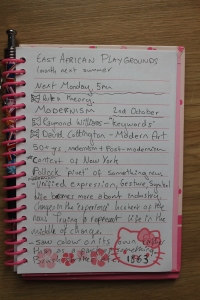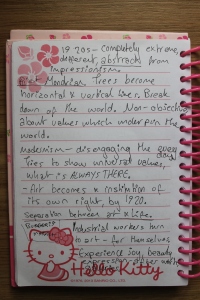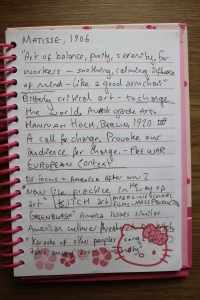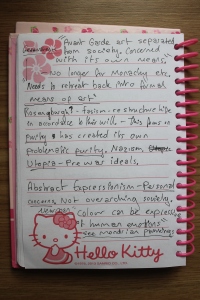I have an interest in the culture of native americans, and of totem/spirit animals in general. Through researching illustrative styles, I came across illustrations of spirit animals, so this captured my interest. I began to explore this theme, and I found the game Never Alone. I chose to base my story heavily on Never Alone’s, but I didn’t want to spoil the game’s story for myself, as I was interested in playing it. Nor did I want to blatantly copy it.
I researched Inupiat native american folklore, in order to get an idea of how I might create the middle and end of my story. Through this, I was able to create an informed world. I also thought a fantasy-like story would be interesting to illustrate, as there’s room for experimentation.
I looked for visual styles which could resemble a blizzard and native american art styles. I felt watercolour would work well, because of the possible techniques. I had never used it before however, so had to research techniques and experiment. This was difficult because of a lack of time, and I would’ve liked to practice more.
Despite this, I think my illustrations were successful; my feedback has been that people like how they look, and that they like the way I have communicated the blizzard. It was hard to use the watercolours sometimes, due to their unpredictable nature. Especially when I tried to ‘take paint away’ in order to create lighter/white areas or lines, for the text to sit in front of and to communicate the wind. I would’ve liked to have used salt, but through experimentation found it too complicated and difficult to time correctly. Although unpredictability was good in how it gave an organic quality.
I also learnt not to put pages that aren’t a double-spread image on the same paper, incase I need to move one of the pages. I had to move one in Photoshop, to give my type more room on my InDesign document. This meant patching up the blank top by copying similar parts of the paper onto it. But I was pleased with my drawings, because I managed to maintain consistency, something I was worried I would struggle with. Using tissue paper as a basic guide for scale definitely helped, and it is something I have learnt as a technique.
































































